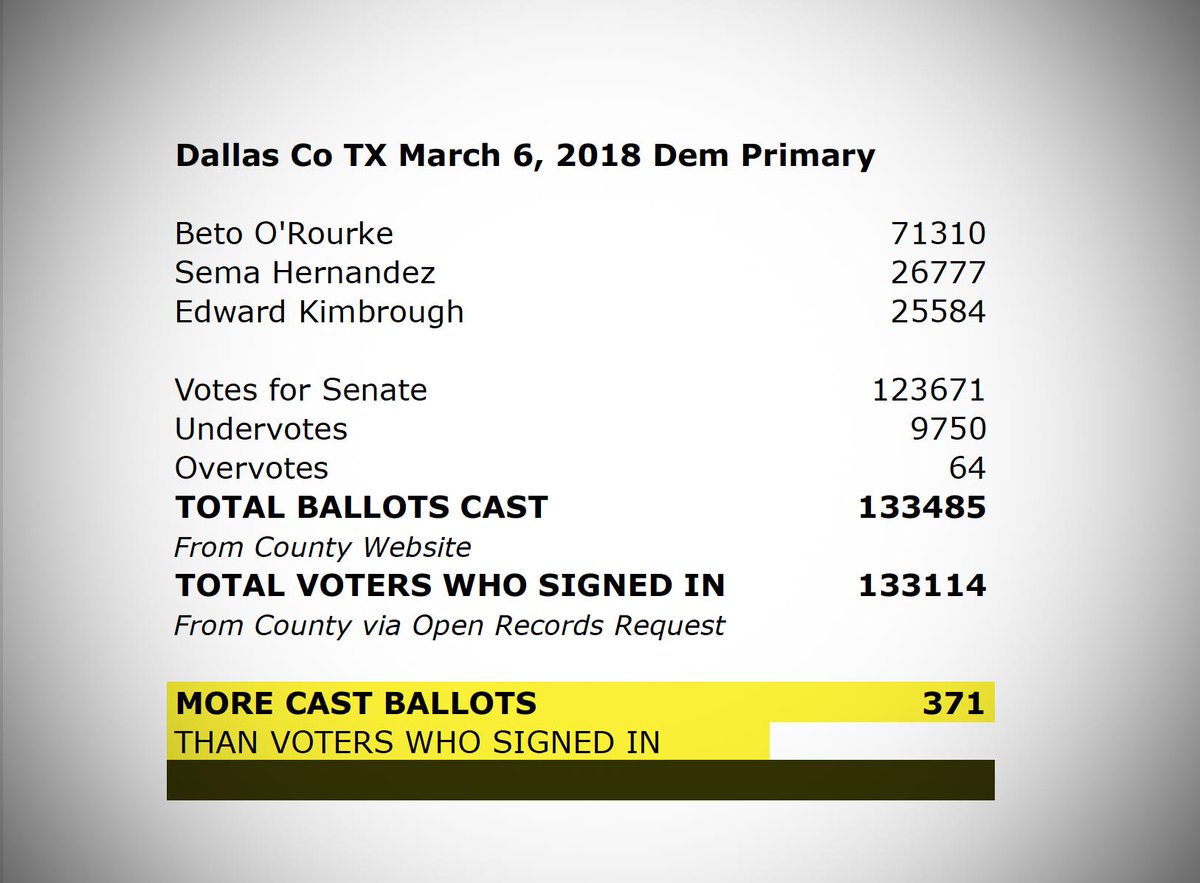projects.economist.com/democratic-pri…

You can see this happening now: Joe Biden has just had three polls putting him under 20%, but the model thinks he's closer to 24% (+/- 2).
So once we get more data, the trend line for the past few days will shift (IE: downward for Biden), as will the estimate for today's support.










